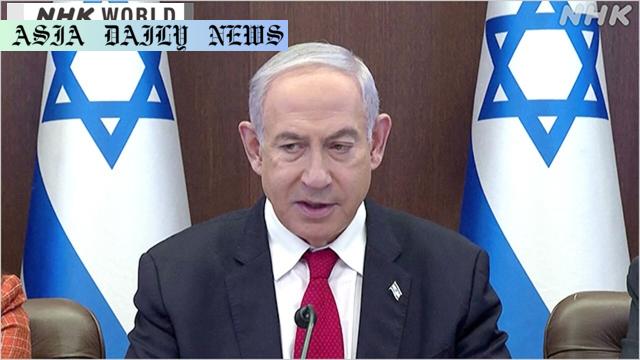Gaza Ceasefire: Netanyahu to discuss a permanent truce in Gaza with Trump during his visit to Washington.
- Netanyahu is meeting Trump to discuss the Gaza Ceasefire.
- The second phase involves Hamas releasing hostages and Israeli withdrawal.
- A poll shows mixed opinions within Israel about the truce.
- The US persuaded Israel to agree to the initial six-week ceasefire.

Understanding the Gaza Ceasefire Agreement
The recent escalation of violence in Gaza has prompted international efforts to bring peace to the region. Israeli Prime Minister Benjamin Netanyahu is scheduled to meet U.S. President Donald Trump this Tuesday to discuss advancing the ceasefire agreement currently in place between Israel and Hamas. This ceasefire, now in its six-week initial phase, has halted active hostilities but remains in a fragile state.
The Proposed Second Phase of the Agreement
At the heart of Netanyahu and Trump’s discussions is the second phase of the ceasefire agreement. This stage entails Hamas releasing all Israeli hostages and a full withdrawal of Israeli troops from the Gaza Strip. The permanent ceasefire further stipulates a cessation of all militant activities on both sides. However, Netanyahu reportedly has reservations about fully committing to this stage at present, citing concerns about ensuring long-term security and the complete eradication of Hamas as a militant threat.
Public Opinion and Internal Challenges
An opinion poll conducted by an Israeli research institute last month shows a divided public view. While 52% of Israelis support the implementation of the proposed second phase, 24% oppose it. This divide underscores the complexity of the situation and the difficulty Israeli leadership faces in navigating both domestic and geopolitical challenges. Netanyahu’s reluctance to endorse the second phase may also be influenced by these internal pressures, despite U.S. efforts to mediate.
The U.S. Role in Brokering Peace
The United States has played a pivotal role in facilitating the initial ceasefire, leveraging its influence over Israel to bring about this temporary peace accord. During their meeting, Trump is expected to push for commitments toward the next phase, emphasizing the need for a permanent resolution that would restore calm to the volatile region. Trump’s decision to host Netanyahu as the first foreign leader of his new term reflects the importance of this issue in U.S. foreign policy.
Challenges to a Permanent Resolution
Despite these efforts, significant obstacles remain. Israel’s desire to eliminate Hamas as a militant entity remains at odds with the goals of a ceasefire, which necessitates mutual concessions. Additionally, the polarized public opinion within Israel and the ongoing humanitarian crisis in Gaza further complicate the situation. Any agreement must address not only the cessation of violence but also the underlying political and socioeconomic issues that fuel this long-standing conflict.
Conclusion
The upcoming talks between Netanyahu and Trump hold great significance for the future of the Gaza ceasefire. While the initial phase has provided a temporary respite from violence, the road to a permanent resolution is fraught with challenges. Both leaders must navigate complex political realities and public opinion to achieve a deal that ensures lasting peace and stability in the region.



Commentary
The Complexity of Achieving Peace in Gaza
The ongoing situation in Gaza remains a poignant reminder of how complex and deeply rooted conflicts can be. The ceasefire agreement, currently in its first stage, represents a significant opportunity for progress, but it is not without its challenges. Netanyahu’s upcoming meeting with President Trump underscores the delicate balancing act required to move forward.
Netanyahu’s Reluctance and Public Opinion
Netanyahu’s hesitation toward fully committing to the second phase of the ceasefire is understandable. As a leader, he must weigh not only the security concerns of his nation but also the divided public opinion at home. The prospect of releasing hostages and withdrawing troops might promise peace, but it also exposes Israel to potential vulnerabilities if the agreement is not adhered to by all parties involved.
The Role of the United States
President Trump’s involvement adds another layer of complexity to this issue. The U.S. has historically played a significant role in mediating between Israel and Palestine, and its influence was crucial in bringing about the current ceasefire. However, pushing for a permanent resolution will require addressing not just the immediate conflict but also the broader historical and political tensions that underpin it.
Hope for a Better Future
While the challenges are immense, the ceasefire provides a rare glimmer of hope in a region often characterized by strife. It is a chance to take meaningful steps toward peace, even if those steps are fraught with difficulties. Both Netanyahu and Trump must seize this moment to create a framework that brings stability to Gaza and security to Israel. The eyes of the world are on their decisions, and their choices could have profound implications for generations to come.